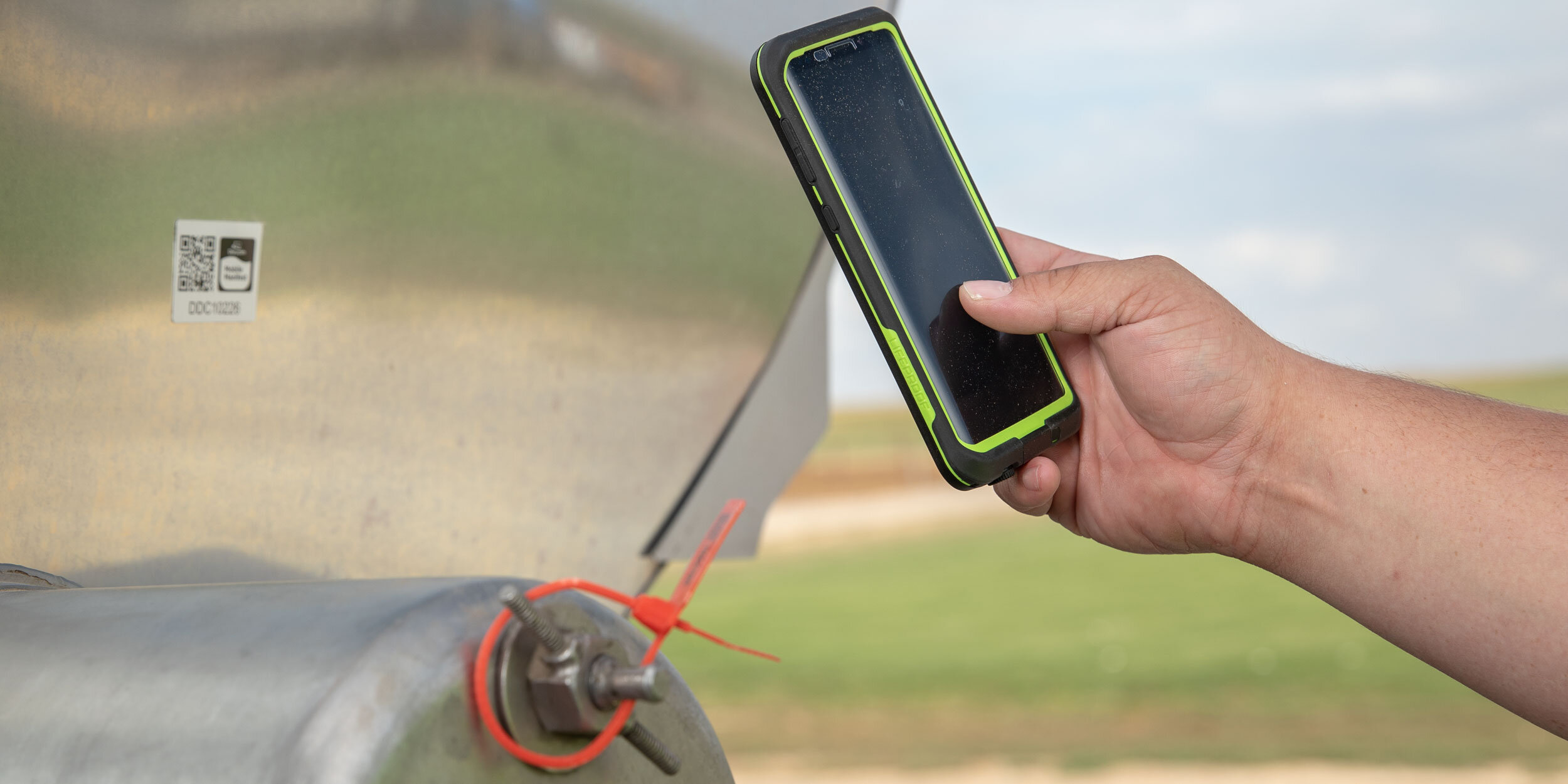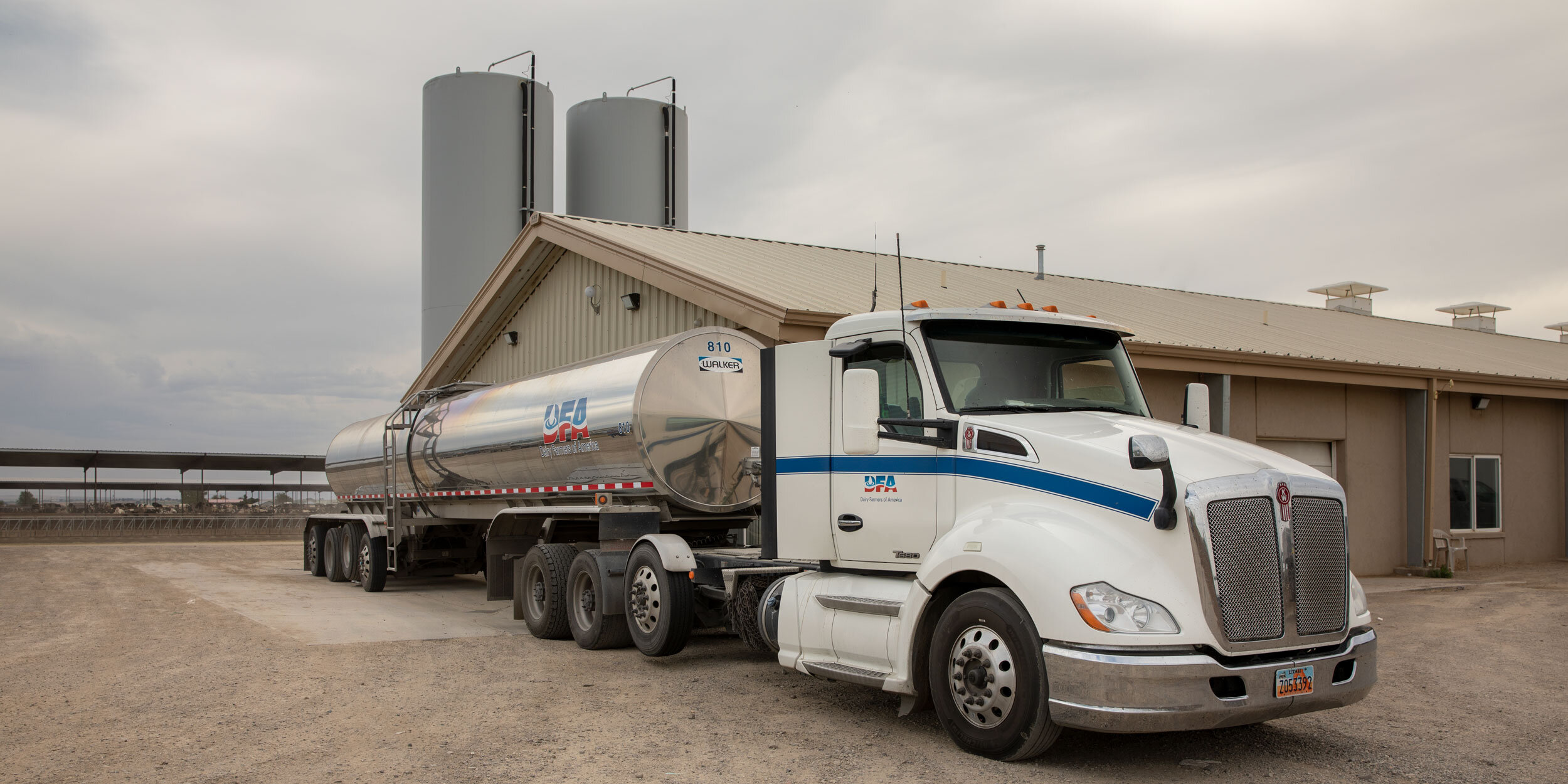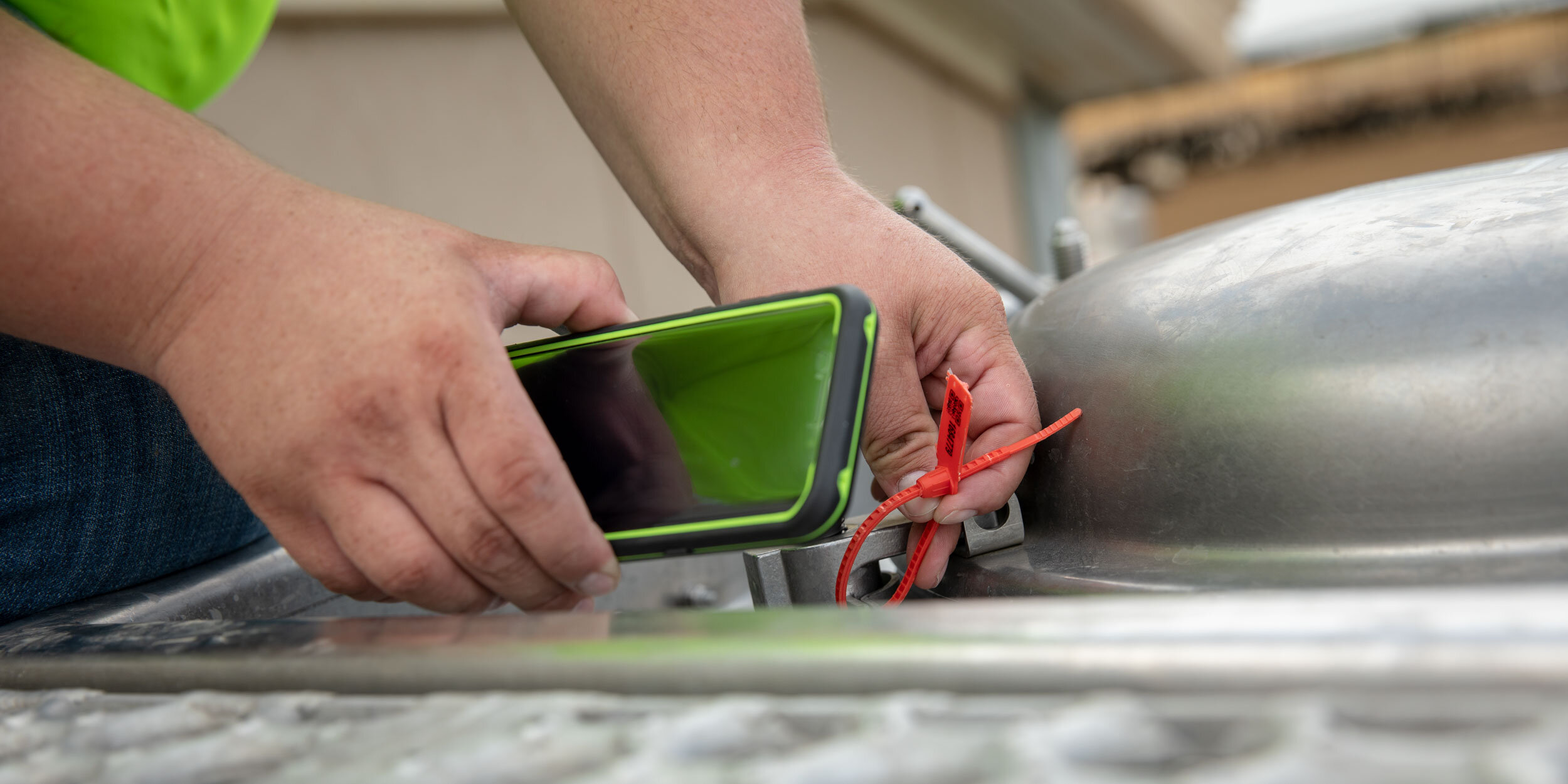A few clicks, a big collection
/Helping dairy stay relevant in the evolving world of online shopping.
From clothes and jewelry to toys and electronics, almost everything you need nowadays can be purchased with the click of a button. Add groceries, fresh produce and your dairy favorites to that list, and there’s almost no reason to ever leave the house again. Well, maybe.
Online grocery shopping, also known as click and collect, is increasingly replacing many people’s weekly trips to the grocery store. Greg Czernik, senior director of consumer insights, analytics and trade at Dairy Farmers of America (DFA), wants to know what makes consumers tick, what their motivations are around shopping and how they make decisions. He explains that e-commerce has been around for many years, starting with the retail-giant Amazon, but buying food online, especially fresh foods like dairy and produce, is just now gaining popularity.
“Online grocery shopping continues to be just a small part of total grocery shopping, but it’s growing very fast,” Greg says.
According to the sales and marketing company Acosta, only 3% of grocery dollars are being spent online. However, over the next three years, those sales are expected to triple, reaching 74 billion dollars by 2023. Retailers such as Kroger, Walmart and Target have jumped on board in the last few years, so they don’t miss out on the action. They’ve also invested in redesign and organization to feature pickup locations near the front entrance for shoppers, giving them the VIP grocery shopping treatment.
The idea behind click and collect is that you can sit in the comfort of your home, or plan out dinners during the workday, and build a virtual shopping cart without having to roam through the store. Then, you have two options: Have your groceries delivered to you or go to the store and pick them up. Shoppers can also save their virtual cart and refer back to it if they want to purchase those groceries again. It’s easy, convenient and fast. From young adults to baby boomers, people of all ages are jumping on board the bandwagon — especially parents. Households with kids are taking the most advantage of click and collect because of its convenience. “Parents don’t have to worry about having someone watch the kids or taking the kids with them to the store,” Greg says.
When it comes to dairy, Greg says this trend is helping it remain a shopping cart staple. The refrigerated items category is the fastest growing click and collect category for stores that allow in-store pickup or delivery. Originally with Amazon, shoppers didn’t have the option to order fresh dairy products because those items had to be shipped. Even now, Amazon primarily sells shelf-stable milk or packaged cheese. When other retailers decided to join the movement, it opened a new door for delicious dairy. Now, fresh milk, ice cream, cheese and butter can be purchased in a matter of minutes and delivered straight to your door. It can’t get much easier than that.
“I can ask them to select bananas for me, or a gallon of milk, or ice cream, and I trust what they are going to collect for me. And as a shopper, I don’t have to worry that it’ll be sitting in transit overnight or arrive melted because it will either be waiting for me at the store at a set time for me to pick up or they’re going to bag it and deliver to me within a few hours,” Greg says.
According to Acosta, here’s what some shoppers have to say is their favorite part about the online grocery shopping experience:
“It saves me time walking around the store to find what I need, especially on busy weekdays.”
“It’s easy and I can track what I buy and have a list at my command to refer back to.”
“The convenience cannot be overstated. As I am getting older, it is hard for me to pull heavy carts and load them in my car.”
“The ease of it. Someone else does my shopping for me.”
Only time will tell, but click and collect looks like it’s here to stay.





